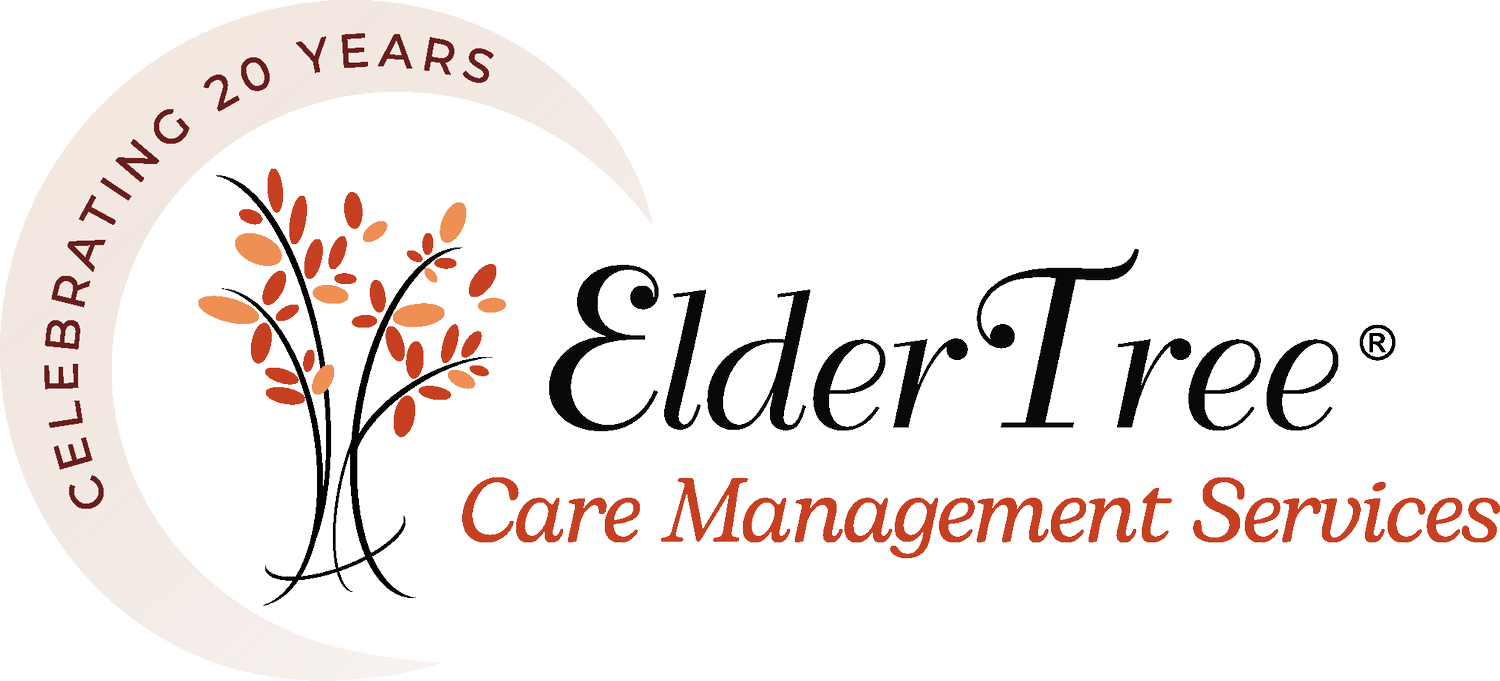Connecting with a Family Member who has Alzheimer’s Disease
My aunt has Alzheimer’s disease and is starting to have trouble with conversation now. We used to have such great visits. How can I connect and communicate with her now?
A decline in language production and comprehension is a natural part of the disease progression, but it can be hard for friends and family to adjust. With some modifications and new approaches, however, your time with your Aunt can be meaningful and enjoyable for both of you.
The most important thing is being open to a different kind of visit and different ways of connecting with your Aunt. The more flexible and open you can be, the better your visits will go. Being present in the moment, with no set agenda, will lead to a more relaxed and enjoyable time together.
In order to maximize your Aunt’s ability to engage with you and enjoy your visits, try to find a quiet setting with few distractions. Relax and get comfortable; your nonverbal cues can help to set the tone for your time with her. Make sure you are sitting so that you can be at eye level with her. Try holding her hand as you visit to enhance your connection in the moment.
While your Aunt is in the earlier stages of language challenges, you can help her along by steering the conversation to easy, familiar topics, such as lifelong hobbies or interests. Avoid topics such as current events and upcoming plans, which can lead to confusion and worry. Keep in mind that people with Alzheimer’s disease tend to retain memories formed years ago much longer than memories of recent events. Bringing old photos or mementos may lead to some pleasant reminiscing. And when conversing with your Aunt, try to avoid many questions, especially those that are open-ended. Speak slowly and clearly; try rephrasing your thoughts if she does not seem to be understanding you.
As your Aunt’s language skills decline further, you could try bringing a friend or family member along and talking with each other about topics that reflect her interests. She may enjoy feeling like part of the conversation and might even participate at times. Do not try to correct your Aunt if her words do not make sense; rather, try to focus on the underlying feelings she is expressing through her body language and other non-verbal cues.
Keep in mind that social graces learned long ago tend to be retained far into the disease process. Exchanging greetings and pleasantries can be familiar and comforting, even when most other conversation is too challenging. Simple humor and laughter are also easily enjoyed.
Planning shorter visits might be better for your Aunt, as the cognitive effort involved in conversation and social engagement can be very tiring for someone with Alzheimer’s or other kinds of dementia. Let her know that she does not need to talk if she does not feel like it. Follow her cues; if she seems tired, sitting quietly while holding her hand might be the best thing to do. If she likes to wander, walk with her if she seems open to it.
As your Aunt’s language skills decline, explore non-verbal ways to communicate and connect with her, such as through touch. Try giving her a hand massage with lotion, or a slow, gentle backrub wherever she is sitting. Touch can be deeply comforting for those with dementia. You could try engaging some of her other senses as well, such as with music or food you know she likes, to create pleasurable, connected moments.
By following your Aunt’s cues, trying some new approaches, and being open to whatever your time with her may bring, you can continue to connect with her while providing a comforting, reassuring presence.

